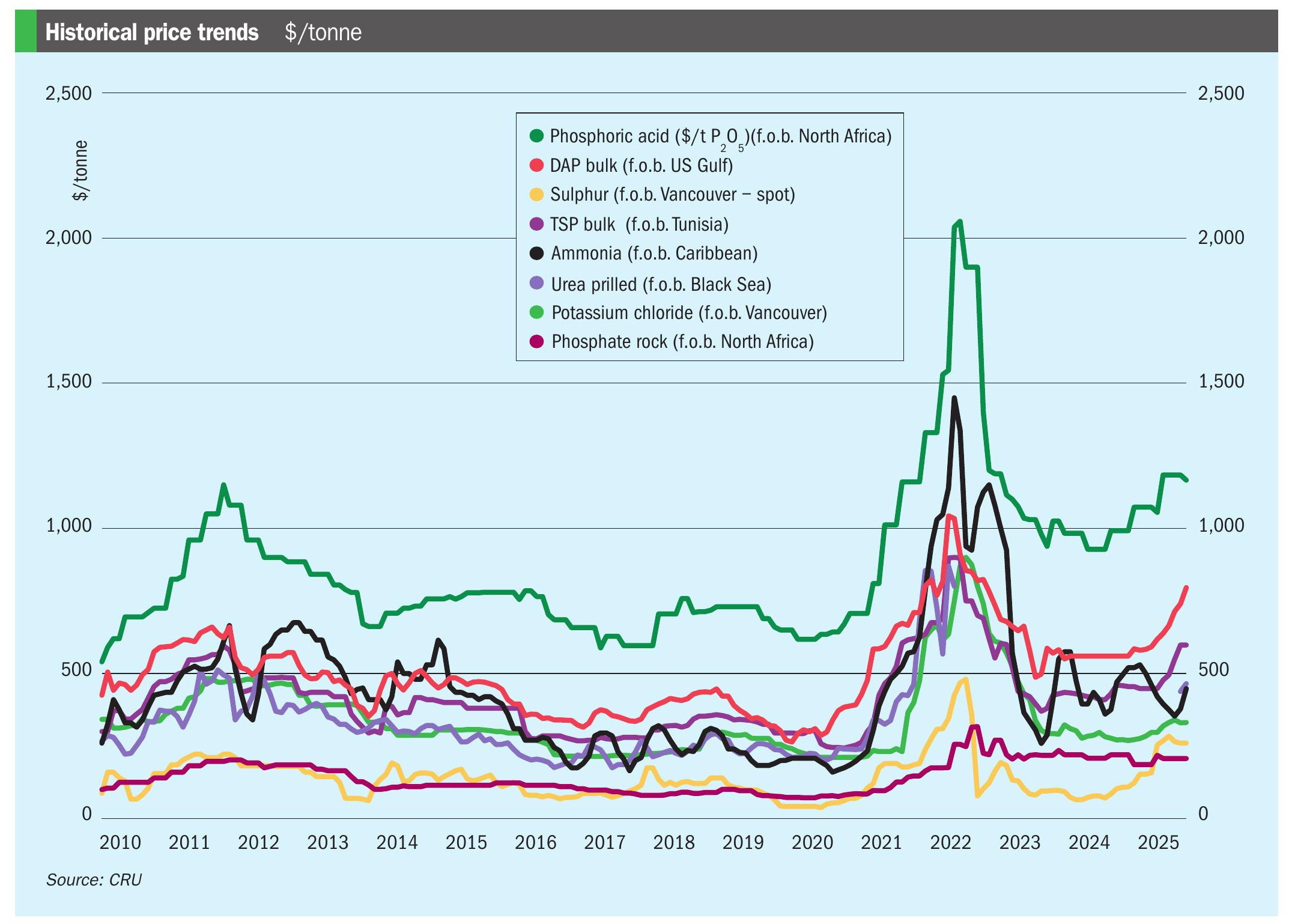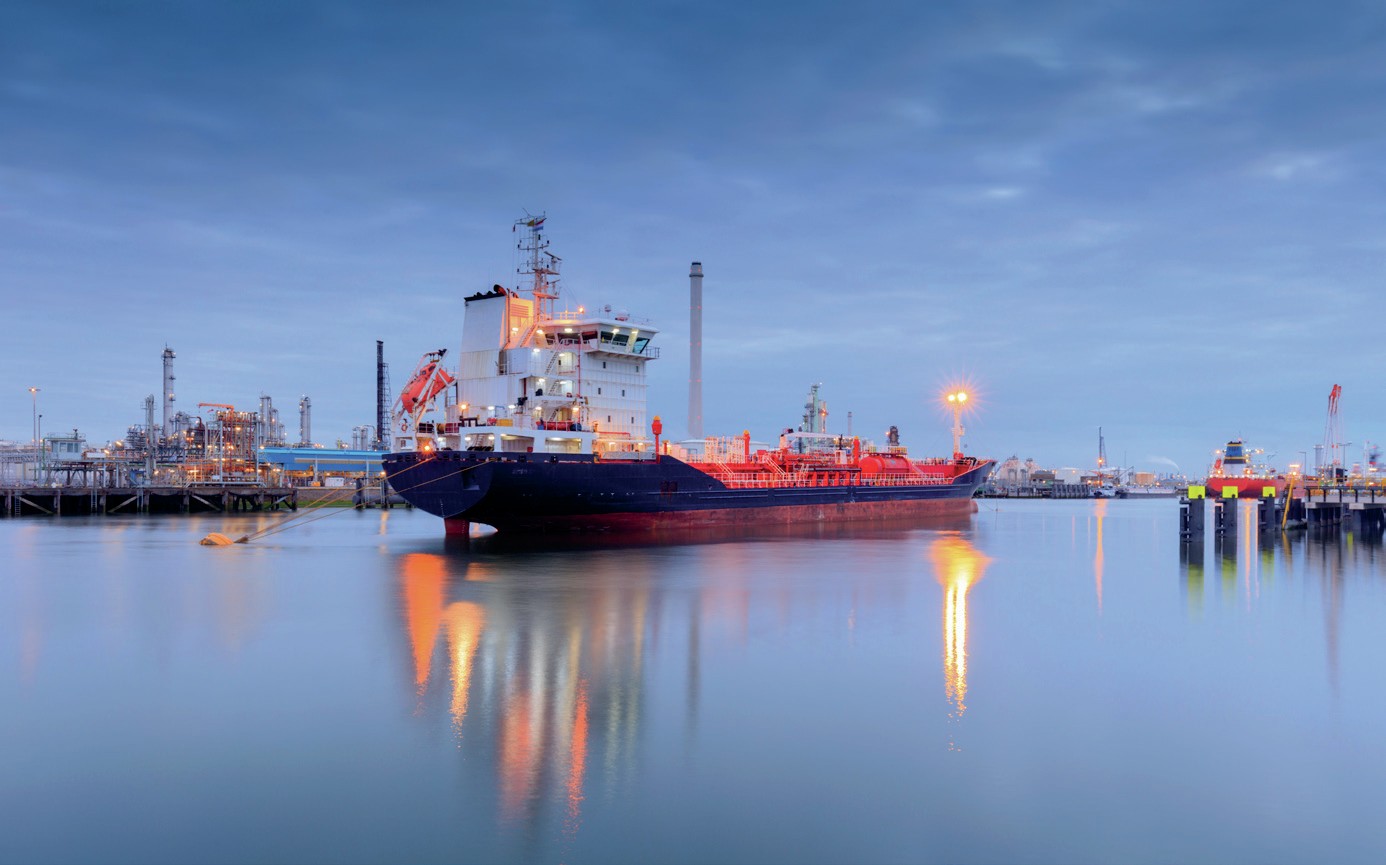Nitrogen+Syngas 375 Jan-Feb 2022

31 January 2022
Hype and reality

“Only around 1.5% of the world’s ammonia capacity is actually currently using low carbon technologies”
As a quick glance through the Index of last year’s articles and news items in this issue of the magazine will amply demonstrate, 2021 was a year full of project announcements for low carbon ammonia and methanol projects of all hues; blue, green, turquoise and many other shades besides. Market analysts CRU said in December that they calculated that there have been a total of 124 million t/a of low carbon ammonia projects announced, 80 million t/a of which came in 2021 alone, equivalent to 55% of current ammonia capacity. These range from tentative pilot plants that are fully costed and often with government grants already secured to blue sky visions of vast electrolysis hubs in the deserts of Arabia with timescales towards the end of the decade – it’s often the case that the longer the proposed timescale, the less likely a project is to happen.
Indeed, it is fair to say that there has been an extraordinary amount of hype around green chemical production, and CRU’s posting was perhaps a necessary splash of cold water, and a reminder that as things stand in early 2022, only around 1.5% of the world’s ammonia capacity is actually currently using electrolysis (mainly from hydroelectric generation) or carbon capture as part of the production process, and most of that carbon capture is being used for enhanced oil recovery. Projects equivalent to perhaps another 3-4% of current ammonia capacity have had a positive final investment decision or reached a front-end engineering and design stage.
Yet as the IEA/IFA Ammonia Technology Roadmap that we discuss on pages 20-23 indicates, it is change on the kind of scale that is represented by the more speculative project announcements that will be required if the industry is to achieve the levels of carbon emission reduction that will be needed to meet targets of achieving net zero emissions by 2050. How to square that circle will be one of the key questions that the industry will have to grapple with over the next decade. As the roadmap indicates, some of this will no doubt come from increases in efficiency of use of nitrogen fertilizer, reducing the requirement for extra capacity, but most will have to come from electrolysis and carbon capture and storage, technologies that, as yet, have not been installed at world-scale (>1.0 million t/a) ammonia units.
Costs will be an important factor, although as we noted last year electrolysis costs continue to fall, and may increasingly end up below the cost of gas-based production in some regions, especially when deployed on a large scale. Carbon pricing may also end up playing a key role in early adoption of green technologies, but this in turn will require inter-government action to set a level playing field if capacity is not to drift to the lowest bidder. In the short term, green ammonia and methanol may also find that they are able to charge a premium price above conventional ammonia/methanol in some markets, such as marine fuels, where both compounds are increasingly being seen as a way of meeting IMO decarbonisation targets.
Yet even if much of the hype currently circulating falls victim to the second stage of the Gartner ‘hype cycle’ – the ‘trough of disillusionment’ – the overall direction of travel of the industry seems set now, and the pressure to decarbonise is only likely to increase as the years pass.






